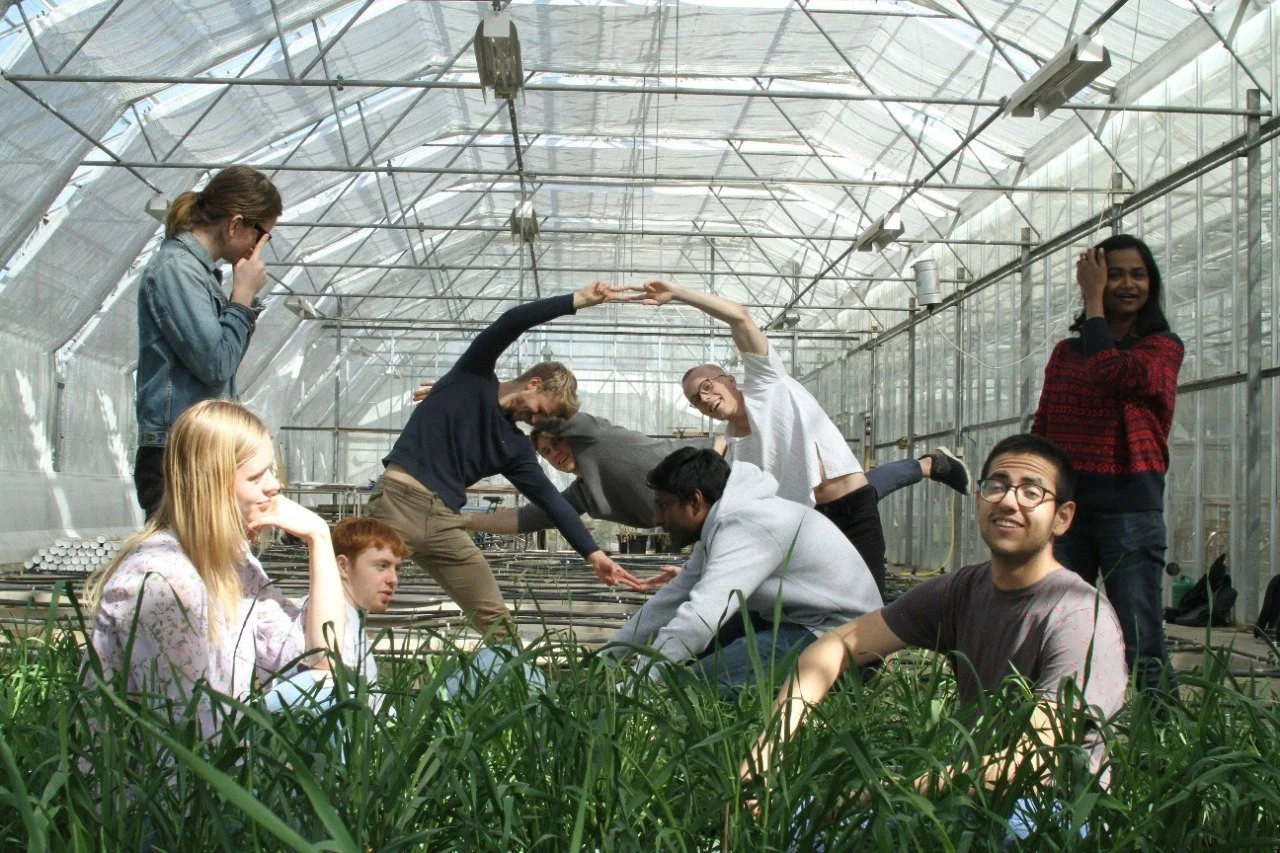Phoenix’s View: Diagnostic and Therapeutic Solutions from iGEM Teams for Neurodegenerative Diseases
Written by: Sana Jalili
Featured iGEM Teams: 2019 UCAS-China, 2020 Nottingham, 2020 Lund, 2021 NYC B1O, 2021 USTC, 2021 Shanghai Metro Utd, 2022 CU_Egypt, 2022 KCL_UK
Neurodegenerative diseases comprise a broad spectrum of disorders resulting from the gradual deterioration of cells and connections within the nervous system, crucial for functions such as movement, coordination, strength, sensation, and cognition.
These conditions are characterized by the progressive decline of neurons, distinguishing them from cases of specific static neuronal loss due to metabolic or toxic disorders.
In this article we will explore how iGEM team’s have tackled the disease through their innovative diagnostic and therapeutic solutions.
The treatment of these Neurodegenerative diseases (NDs) in the late 2000s has accelerated with recent tools and techniques such as MRIs, and the collection of Cerebrospinal Fluid Tissue from pre-mortem and post-mortem samples. With the interference of national governing bodies such as the National Prion Disease Pathology Surveillance Center | Pathology | School of Medicine | Case Western Reserve University concluded that treatments have become easier to navigate. All the mentioned NDs have peculiar characteristics of protein aggregation developed in the brain.
Much of the association links to Alzheimer's disease and Parkinson's disease. In Alzheimer's, misfolded A𝛃 aggregates are prions. The symptoms include dementia and CNS (Central Nervous Systems) motor disabilities. In addition, impaired motor disabilities are observed in Parkinson's Disease. Genetic mutations in Leucine-rich kinase 2 are abundant in Parkinson's. This is found with respect to Prion diseases in the context of changes & shrinkage in brain anatomy & dementia.
Thanks to the foundations such as Alzheimer’s Disease Center | UC Davis Health and Parkinson's Foundation which are working continuously to eradicate NDs.
Similarly, the iGEM Competition gives a wide opportunity to teams that can contribute from prognosis to diagnosis of Neurodegenerative Diseases. In 2019, Team:UCAS-China/Parkinson Disease genetically synthesized L-dopa (a molecule required to treat Parkinson's Disease) by transferring the tyrosine hydroxylase genetic circuit in E. coli . The team’s approach lies in administering microbial capsules instead of pills.
Likewise, in 2020 many teams like Team: Nottingham/Description worked on inserting the DBHB (D-Beta HydroxyButyrate) gene in Clostridium sporogenesis which aids in protecting the nervous system by decreasing the ROS (Reactive Oxygen Species). Inevitably, more significant production of ROS leads to NDs.
Pathway DBHBA. The genes encoding for the enzymes which were added to the metabolic network are shown in blue.
The same year, Team: Lund/Description used inhibitors against Curli protein using Limosilactobaciilus reuterii. Curli gene is associated with amyloid plaques, which have a major role in Parkinson's disease.
Whereas Team: NYC B1O focused on alpha-synuclein which is primarily involved in the aggregation of neurodegenerative diseases. The team worked to reverse protein aggregation and constructed a marker chaperon that identifies misfolded proteins and degrades them. In 2021, Team: USTC/Description used aptamer technology to tackle 𝛃 amyloid plaques formed in Alzehmiers disease. This team focused on detecting the tau protein (which is present more in the case of Alzheimer's patients) using Fluorescent biosensors in blood samples.
Team: Shanghai Metro Utd discovered angiogenin mutation leading to Parkinson's. Henceforth, they worked on genetically constructing rANG plasmid pET-28a-rAN which can amplify the production of angiogenin in E. coli.
In 2022 , CU_Egypt 2022 project aimed to disintegrate the amyloid plaques and tau fibres. They worked on two models namely Snitch System and Plug Sink System. The Snitch system where they acted on TRIM-21. They focused on truncated TRIM-21 attachment to the cells which disintegrate the formation of tau fibres. Whereas, The Plug Sink system, targeted HTRA1 (High temperature requirement serine protease) inhibitor which disintegrates Tau/Amyloid plaques.
The Plug Sink system by CU_Egypt 2022
The KCL_UK - iGEM 2022 focused on pterostilbene compound that inhibits neuroinflammation in case of Parkinson disease. They genetically engineered E.coli using plasmid to produce pterostilbene . The plasmid was taken from plant sources such as grapes and was synthetically induced in E.coli.
It's so exciting to see iGEM teams working on the treatments of NDs with novel strategies. This year too, we encourage different teams to collaboratively take a dig into the pathogenesis of different NDs. Moreover, the Phoenix motivates teams to inculcate their findings after Jamboree and continue these kinds of projects. Till then, maybe a unique prognosis and diagnosis of NDs may shoot up from one of the rising iGEMers into reality!
References
1.Kim, S. H., Yu, M. M., & Strutt, A. M. (2019). Variably protease-sensitive prionopathy A differential diagnostic consideration for dementia. 9(2), 5–7. https://doi.org/10.1212/CPJ.0000000000000612
2. Uttley, L., Carroll, C., Wong, R., Hilton, D. A., & Stevenson, M. (2020). Review Creutzfeldt-Jakob disease: a systematic review of global incidence, prevalence, infectivity, and incubation. The Lancet Infectious Diseases, 20(1), e2–e10. https://doi.org/10.1016/S1473-3099(19)30615-2
3.Bloem, B. R., Okun, M. S., & Klein, C. (2021). Seminar Parkinson’ s disease. The Lancet, 397(10291), 2284–2303. https://doi.org/10.1016/S0140-6736(21)00218-X
4.Baldwin, K. J., & Correll, C. M. (2019). Prion Disease. 428–439.
5.Jones, E., & Mead, S. (2020). Neurobiology of Disease Genetic risk factors for Creutzfeldt-Jakob disease. Neurobiology of Disease, 142(June), 104973. https://doi.org/10.1016/j.nbd.2020.104973
6. Jolla, L., States, U., Jolla, L., & States, U. (2019). Alzheimer’ s disease. 167. https://doi.org/10.1016/B978-0-12-804766-8.00013-3
Join us in Paris and celebrate the 20th Year of iGEM at the 2023 Grand Jamboree.
Stay up-to-date about the latest news, opportunities, events and advances in synthetic biology by subscribing to the SynBio Community Newsletter















